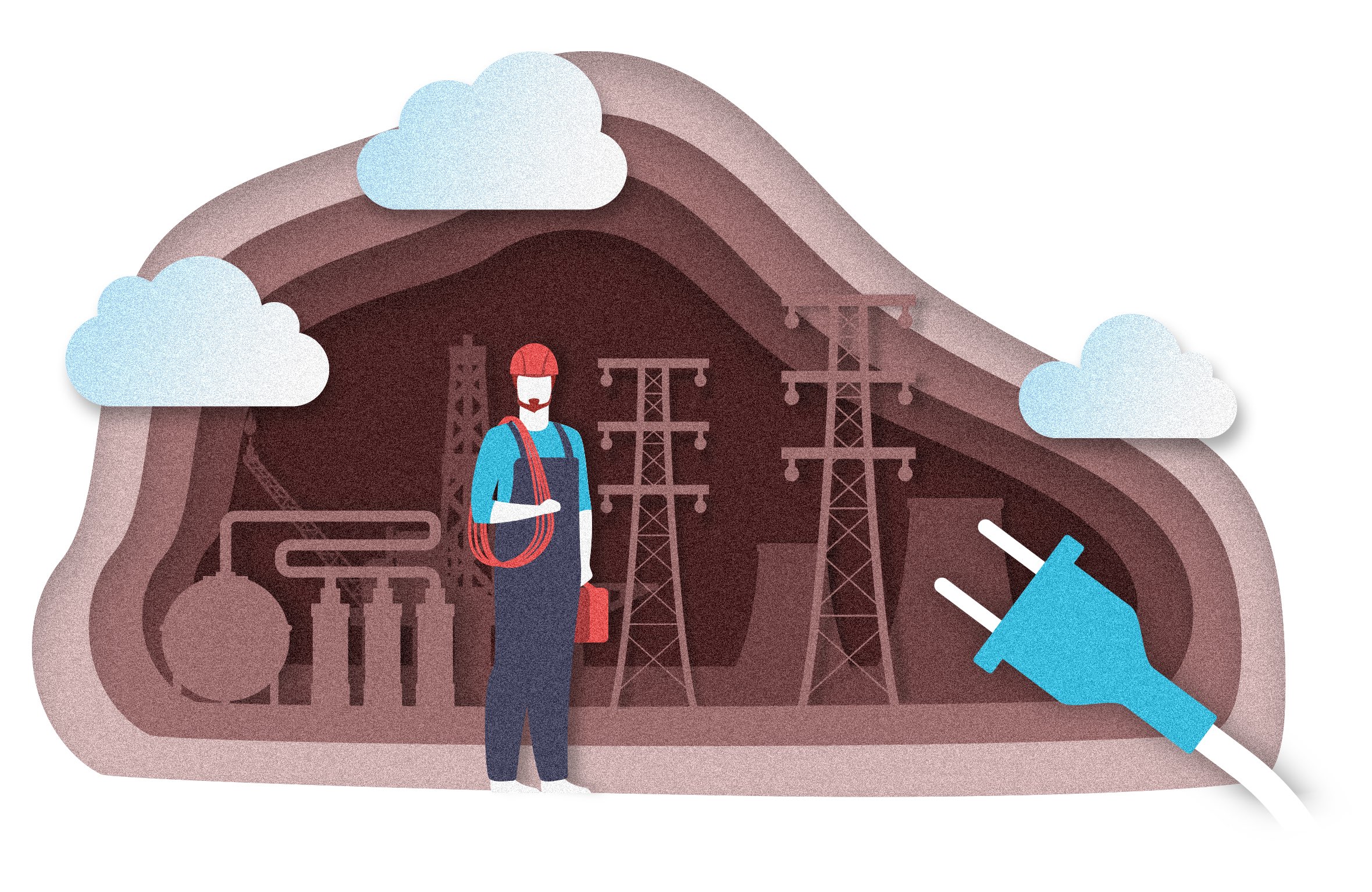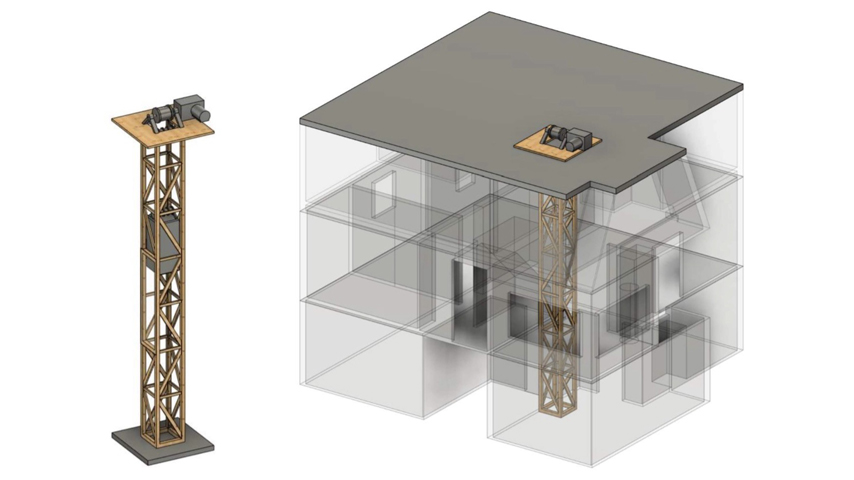VR and AI Fuel Actionable Performance Training
VR and AI Fuel Actionable Performance Training


VR training meets AI and offers trainers the ability to find out who has the greatest "cognitive load"—the ability to absorb new information in the highly demanding operational theater of soldiers.
Soldiers perform in an operational theater that is both demanding and forever changing. They work in an environment where survival often depends on having the skills and knowledge to effectively use and understand modern equipment and systems. Training has become critical and demanding.
Not everyone has the tactical and technical talent of applying modern technology on the battlefield. And training is often expensive and time-consuming. In fact, the skills, techniques, and knowledge soldiers require to effectively integrate, use, understand, and maintain modern technological equipment and systems in a military context have led to the refocus of training onto each soldier’s ability to learn.
Fostering a “techcraft” culture across the armed services has brought with it an understanding that to learn and master technology is difficult. Equally problematic is determining who has the ability to learn and leverage new tools and equipment. VRAI, an Irish technology company headquartered in Dublin, specializes in virtual reality (VR) training and is now using artificial intelligence (AI) to help determine an individual trainee’s ability to focus, learn, and use new information.
“Cognitive load is a person’s mental capacity to perform a task or to absorb new information,” explained Niall Campion, managing director and co-founder of VRAI. When it comes to soldier performance, it is important to determine the mental effort required to process information, make decisions, and execute tasks, he explained.
From this information, training can be streamlined and tailored to the learner. VRAI enriches the training of fast-jet pilots, for example, using HEAT. The company’s latest offering captures, analyzes, and visualizes simulator data to monitor fast-jet pilots in the simulator and measures behavior data drawn from live flying to help determine an individual’s optimum balance between live and synthetic training.
Such learning technologies are as new and fresh as the VR and AI that fuel them and are redrawing the way soldiers train. The idea is to instead of offering learners “a hundred data points that they then have to go in and interpret to understand,” Campion explained, HEAT offers learners a control panel of personalized data that they can use to make decisions that produce better scores.
Discover the Benefits of ASME Membership
“The idea is, [a trainer] opens up the dashboard and right away they see one student’s score was not good, and if I do this one action, that’s going to make them perform better,” he explained. The system is a better way to supplement live training with simulated training. The technology is able to compare data from live sorties with simulator data and produce objective data that the trainer can use to tailor instruction and get pilots up to speed quicker.
At the heart of the technology is the understanding of an individual’s abilities. When it comes to soldier performance, it is important to determine the mental effort required to process information, make decisions, and execute tasks, Campion explained. VRAI does this by taking training data (information it gathers from simulation sessions) and “captures the data, stores it, analyzes it, and then visualizes it,” he explained. They use artificial intelligence (AI) in the analysis part of that data pipeline, he added.
To do AI right, “you need a lot of data,” Campion said. That is why VRAI works best with companies that can add their product onto existing simulators. “We take data from hundreds or thousands of people who’ve already gone through the experience or gone through the training process. And then we use that information to personalize for the individual,” he said.
More for You: Begun, the Drone Wars Have
But individualized training is only one aspect of the sessions. Another is the unique ability to predict who will be able to use the training to perform well. “We are able to take learnings from the general and then take performance from the individual and understand that people who tend to do a particular action tend to not succeed in the future. Or people who don’t do this action, tend to succeed in the future,” he explained.
Campion used fast-jet pilot training as an example of how this would work. “But the example would apply across any type of training,” he added. “Typically, fast-jet pilots train to a standard level. So, for example, let’s say they do 100 hours of flying to pass a particular part of the course. Some pilots will be proficient after 80 hours. However, they still have to do those 100 hours. And when you consider flying a training jet could be $15 to $16,000 an hour, that’s a significant amount of waste in an organization.”
But just as important are those who train and take 120 hours to become proficient. “And so what currently happens is if they don’t complete the course within the basic error plus 10 percent, they fail. And again, there’s a significant amount of waste because you’ve invested a lot of time and money into training the pilot to that level,” Campion said.
Another Resource: High-Powered Microwaves Knock Drones from the Sky
Individuals held specific aptitude to be recruited into the pilot-training program. “They should have the aptitude to see through to the end. And so what we’re doing is providing tools for the instructors to understand where those students’ weaknesses are so they can improve the weaknesses rather than the way things are currently done, which is if the instructor isn’t able to identify the weakness, then the student is going to fail,” he said.
Campion further explained that people do not learn effectively if the training is either too easy or too hard. “By measuring cognitive load, we can tailor the level that the person should be at in a more dynamic way. So you can start to say, ‘Well, let's find the scenario where this person's cognitive load is optimum, and let's start them there and then move them through the process at that level,’” he said.
Fast-jet pilot training is quite an expensive process to go through, and it's quite personalized. And for other industries that require training, the concepts are the same. “Using the same concepts, we are able to deliver training from the fighter pilot to the factory floor,” Campion said. “Where we see ourselves adding the most value are places where it's dangerous. “Hazardous environments are those that are risky and remote,” Campion said.
VRAI has worked with pharmaceutical companies and logistics organizations. “We have trained warehouse staff, delivery drivers, and emergency services people,” he added. Despite being able to spot those who may need more training to perform a task or understand a system, Campion does not see his products “eliminating” people from the training pipeline.
“Taking a process that currently has a relatively high level of people not making it through to one where 100 percent of those recruited make it through the training” is how he defines success. The personalized training that offers insight into how much information is landing with a trainee has the “objective to make people better, not weed people out.”
Cathy Cecere is membership content program manager.
Not everyone has the tactical and technical talent of applying modern technology on the battlefield. And training is often expensive and time-consuming. In fact, the skills, techniques, and knowledge soldiers require to effectively integrate, use, understand, and maintain modern technological equipment and systems in a military context have led to the refocus of training onto each soldier’s ability to learn.
Trainee focus
Fostering a “techcraft” culture across the armed services has brought with it an understanding that to learn and master technology is difficult. Equally problematic is determining who has the ability to learn and leverage new tools and equipment. VRAI, an Irish technology company headquartered in Dublin, specializes in virtual reality (VR) training and is now using artificial intelligence (AI) to help determine an individual trainee’s ability to focus, learn, and use new information. “Cognitive load is a person’s mental capacity to perform a task or to absorb new information,” explained Niall Campion, managing director and co-founder of VRAI. When it comes to soldier performance, it is important to determine the mental effort required to process information, make decisions, and execute tasks, he explained.
From this information, training can be streamlined and tailored to the learner. VRAI enriches the training of fast-jet pilots, for example, using HEAT. The company’s latest offering captures, analyzes, and visualizes simulator data to monitor fast-jet pilots in the simulator and measures behavior data drawn from live flying to help determine an individual’s optimum balance between live and synthetic training.
Such learning technologies are as new and fresh as the VR and AI that fuel them and are redrawing the way soldiers train. The idea is to instead of offering learners “a hundred data points that they then have to go in and interpret to understand,” Campion explained, HEAT offers learners a control panel of personalized data that they can use to make decisions that produce better scores.
Discover the Benefits of ASME Membership
“The idea is, [a trainer] opens up the dashboard and right away they see one student’s score was not good, and if I do this one action, that’s going to make them perform better,” he explained. The system is a better way to supplement live training with simulated training. The technology is able to compare data from live sorties with simulator data and produce objective data that the trainer can use to tailor instruction and get pilots up to speed quicker.
Ability to learn
At the heart of the technology is the understanding of an individual’s abilities. When it comes to soldier performance, it is important to determine the mental effort required to process information, make decisions, and execute tasks, Campion explained. VRAI does this by taking training data (information it gathers from simulation sessions) and “captures the data, stores it, analyzes it, and then visualizes it,” he explained. They use artificial intelligence (AI) in the analysis part of that data pipeline, he added. To do AI right, “you need a lot of data,” Campion said. That is why VRAI works best with companies that can add their product onto existing simulators. “We take data from hundreds or thousands of people who’ve already gone through the experience or gone through the training process. And then we use that information to personalize for the individual,” he said.
More for You: Begun, the Drone Wars Have
But individualized training is only one aspect of the sessions. Another is the unique ability to predict who will be able to use the training to perform well. “We are able to take learnings from the general and then take performance from the individual and understand that people who tend to do a particular action tend to not succeed in the future. Or people who don’t do this action, tend to succeed in the future,” he explained.
Campion used fast-jet pilot training as an example of how this would work. “But the example would apply across any type of training,” he added. “Typically, fast-jet pilots train to a standard level. So, for example, let’s say they do 100 hours of flying to pass a particular part of the course. Some pilots will be proficient after 80 hours. However, they still have to do those 100 hours. And when you consider flying a training jet could be $15 to $16,000 an hour, that’s a significant amount of waste in an organization.”
But just as important are those who train and take 120 hours to become proficient. “And so what currently happens is if they don’t complete the course within the basic error plus 10 percent, they fail. And again, there’s a significant amount of waste because you’ve invested a lot of time and money into training the pilot to that level,” Campion said.
Another Resource: High-Powered Microwaves Knock Drones from the Sky
Individuals held specific aptitude to be recruited into the pilot-training program. “They should have the aptitude to see through to the end. And so what we’re doing is providing tools for the instructors to understand where those students’ weaknesses are so they can improve the weaknesses rather than the way things are currently done, which is if the instructor isn’t able to identify the weakness, then the student is going to fail,” he said.
Campion further explained that people do not learn effectively if the training is either too easy or too hard. “By measuring cognitive load, we can tailor the level that the person should be at in a more dynamic way. So you can start to say, ‘Well, let's find the scenario where this person's cognitive load is optimum, and let's start them there and then move them through the process at that level,’” he said.
Other uses
Fast-jet pilot training is quite an expensive process to go through, and it's quite personalized. And for other industries that require training, the concepts are the same. “Using the same concepts, we are able to deliver training from the fighter pilot to the factory floor,” Campion said. “Where we see ourselves adding the most value are places where it's dangerous. “Hazardous environments are those that are risky and remote,” Campion said. VRAI has worked with pharmaceutical companies and logistics organizations. “We have trained warehouse staff, delivery drivers, and emergency services people,” he added. Despite being able to spot those who may need more training to perform a task or understand a system, Campion does not see his products “eliminating” people from the training pipeline.
“Taking a process that currently has a relatively high level of people not making it through to one where 100 percent of those recruited make it through the training” is how he defines success. The personalized training that offers insight into how much information is landing with a trainee has the “objective to make people better, not weed people out.”
Cathy Cecere is membership content program manager.




